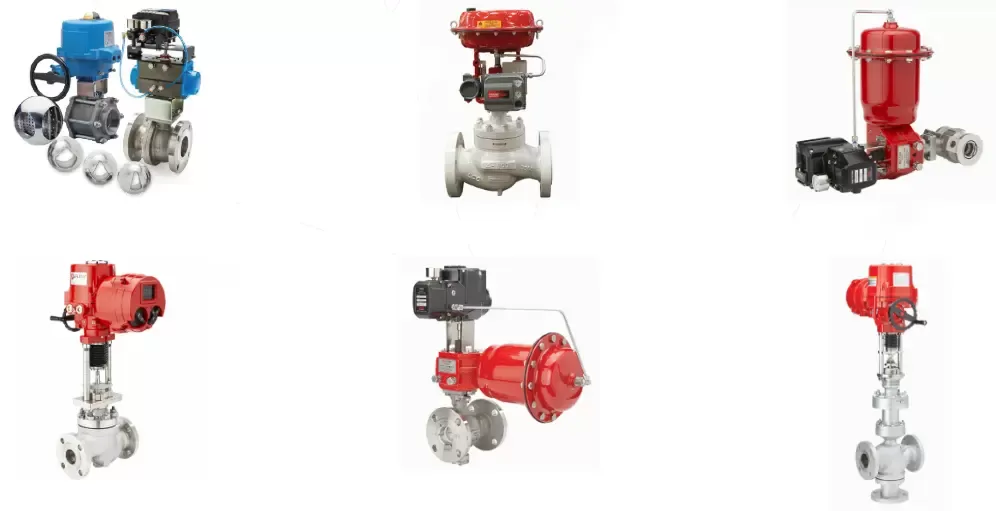Notifications

5 minutes, 48 seconds
-38 Views 0 Comments 0 Likes 0 Reviews

China Control valves are essential components in industrial systems, providing precise regulation of fluid flow, pressure, and temperature. Proper handling, installation, and maintenance of control valves are critical to maximizing their performance, preventing failures, and extending operational life. This article offers an in-depth guide on precautions for control valve use and highlights preventive maintenance best practices to minimize risks and enhance system efficiency.
The installation process is a key determinant of a control valve’s performance and durability. Following these best practices helps avoid operational issues, damage, and safety hazards:
Thoroughly clean pipelines before valve installation to remove dirt, rust, grease, slag, or other contaminants. Residual debris can damage valve spools or seats, leading to leaks or inefficiency. After installation, open the valve fully and flush the line to clear any remaining particles. Test all valve joints for tightness to prevent leaks or slippage.
Install control valves near the ground or floor to facilitate easy access for inspection, maintenance, or repairs. Position valves with handwheels or positioners in locations visible and reachable for manual operation or adjustment, especially in systems requiring frequent monitoring.
Ensure the valve is installed following the flow direction arrow on the valve body. Incorrect flow orientation can cause premature wear, malfunction, or damage to internal components.
Control valves are vulnerable to stress from thermal expansion, weight, vibration, and pipeline movement. To reduce damage risks:
Use support frames to stabilize valves, especially on long pipelines or near vibrating machinery.
Avoid angled installation of large-diameter valves to prevent mechanical wear and packing leakage.
Apply vibration isolation where necessary to protect valve integrity.
In critical or continuous-operation systems, a bypass pipeline around the valve allows uninterrupted operation during maintenance or failure. This is crucial in industries where downtime is costly or hazardous.
Valves with handwheels provide manual override and can act as opening limiters. Always keep the handwheel neutral during automatic operation to avoid interference.
For valves exposed to high temperatures, regularly grease packing materials—typically every three months—to preserve elasticity and sealing performance, preventing leaks.
Regular preventive maintenance detects early signs of wear or malfunction, minimizing downtime and repair costs. Important procedures include:
Fully close the valve under flow conditions.
Inspect valve seats and gateways for leakage.
Zero leakage indicates good sealing; any leak requires prompt repair or replacement.
Cycle the valve fully open and closed under operational conditions.
Observe valve responsiveness and smoothness to control signals.
Regular stroke tests ensure reliable performance, especially in harsh environments.
Control valves often connect to auxiliary piping critical to their function. Inspect for:
Pipe wall corrosion, scaling, or cracking.
Damage or deformation at bends.
Structural issues such as bending or suction marks.
Secure, leak-free fittings and connections.
| Issue | Causes | Solutions |
|---|---|---|
| Valve sticking | Debris buildup, corrosion, lack of lubrication | Clean internals, lubricate, replace worn parts |
| Excessive vibration | High flow velocity, poor installation, inadequate support | Add supports, isolate vibration, verify placement |
| Packing leakage | Degraded packing, poor maintenance | Replace packing, maintain regular lubrication |
| Inaccurate positioning | Faulty positioner, calibration drift | Inspect and recalibrate positioner |
Improved Safety: Reduces leak and failure risks.
Cost Savings: Avoids expensive repairs and unplanned downtime.
Enhanced Efficiency: Maintains accurate flow and pressure control.
Extended Equipment Life: Minimizes wear, prolonging valve service.
Regulatory Compliance: Meets safety and quality standards.
Control valves are vital to industrial fluid systems, and their proper installation and maintenance are critical to ensuring reliable and efficient operation. By following installation precautions and implementing a thorough preventive maintenance program, you can significantly enhance valve performance, safety, and longevity.
A proactive maintenance approach minimizes disruptions and maximizes the return on your valve investment. Routine inspections, timely repairs, and adherence to best practices ensure your control valves perform optimally even in the most demanding industrial environments.Know more about Google SEO Directory

